Drilling mud dispersants play an important role in drilling operations. They are one of the key steps to improve drilling efficiency. When conducting drilling operations, using appropriate mud dispersants can effectively help drilling engineers solve various problems, improve drilling efficiency, and ensure the smooth progress of drilling operations. Next, let’s take a deeper look at drilling mud dispersants.
First of all, the role of drilling mud dispersant is mainly to help the solid phase particles in the mud disperse evenly, prevent the solid phase particles from gathering together to form clumps, thereby reducing the viscosity of the mud, reducing the friction of the mud, and improving the fluidity of the mud. This is crucial for maintaining wellbore stability, preventing wellbore collapse, and stabilizing the wellbore wall. If the solid phase particles in the mud are not effectively dispersed, it will lead to instability of the wellbore, increase the difficulty of drilling and merging operations, and even cause accidents. Secondly, suitable mud dispersants can also effectively reduce the density of the mud, reduce the invasiveness of the mud to the formation, and reduce the damage to the formation during drilling. In drilling operations, the protection of the formation is very important. Excessive mud density and invasiveness will cause damage to the formation and even cause problems such as well leakage. By using mud dispersants, the mud density can be effectively reduced, the invasiveness of the mud to the formation can be reduced, the formation can be protected, and the safe drilling and merging operations can be ensured. In addition, drilling and merging mud dispersants also have the function of improving mud performance. After the solid particles in the mud are effectively dispersed, the performance of the mud will be significantly improved, such as reducing the viscosity of the mud, improving the suspension capacity of the mud, increasing the consistency of the mud, etc. These improvements will help improve drilling efficiency, reduce drilling costs, and ensure the smooth progress of drilling operations.
Finally, when selecting drilling mud dispersants, it is necessary to comprehensively consider many factors to ensure the smooth progress of drilling operations. First of all, drilling geological conditions are one of the important considerations for selecting dispersants. Under different geological conditions, the properties and water content of the rock formation will affect the performance of the drilling fluid, so it is necessary to select a suitable type of dispersant based on geological exploration data. Wellbore stability is also one of the key factors in selecting dispersants. In drilling operations, the stability of the wellbore is crucial to the entire drilling process. Selecting a suitable dispersant can effectively reduce problems such as wellbore collapse and wall stability, ensuring the safety of drilling operations. In addition, drilling fluid performance requirements are also one of the considerations for selecting dispersants. According to the requirements of drilling fluid density, viscosity, filtration performance, etc., select a suitable type of dispersant to ensure that the performance of the drilling fluid meets the needs of drilling operations. When selecting the type and method of use of dispersants, it is necessary to comprehensively consider the above factors. Different types of dispersants may have different effects under different geological conditions, so they need to be selected according to actual conditions. At the same time, a reasonable method of using dispersants is also crucial, which can effectively improve the performance of drilling fluids and reduce the occurrence of problems during drilling.
In general, drilling mud dispersants play an indispensable role in drilling operations, and they are one of the key steps to improve drilling efficiency. By rationally selecting and using mud dispersants, various problems can be effectively solved, drilling efficiency can be improved, and the smooth progress of drilling operations can be ensured. It is hoped that drilling engineers can continuously sum up experience in practice, improve their understanding and application of mud dispersants, and contribute to the development of the drilling industry.

